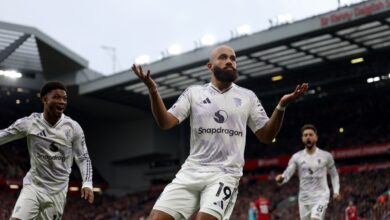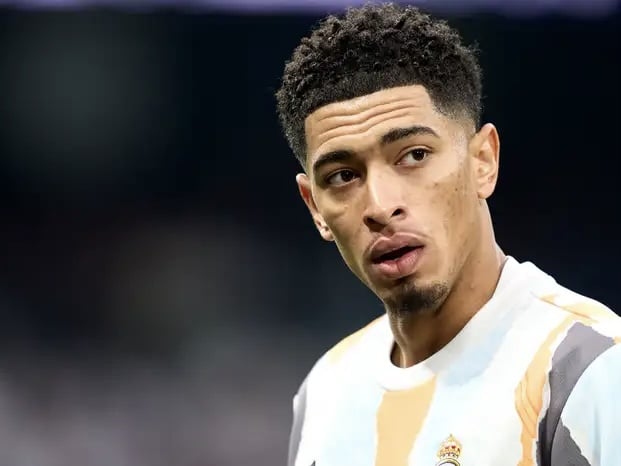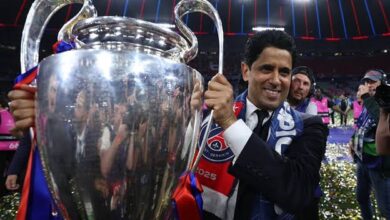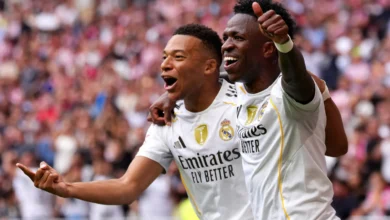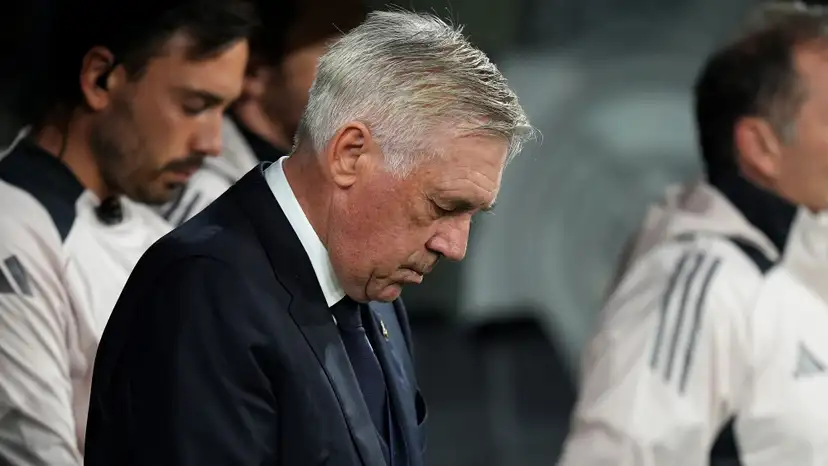Part 1 : Why Real Madrid and Barcelona Stay Ahead of English Clubs
Heritage Greater Than Money?
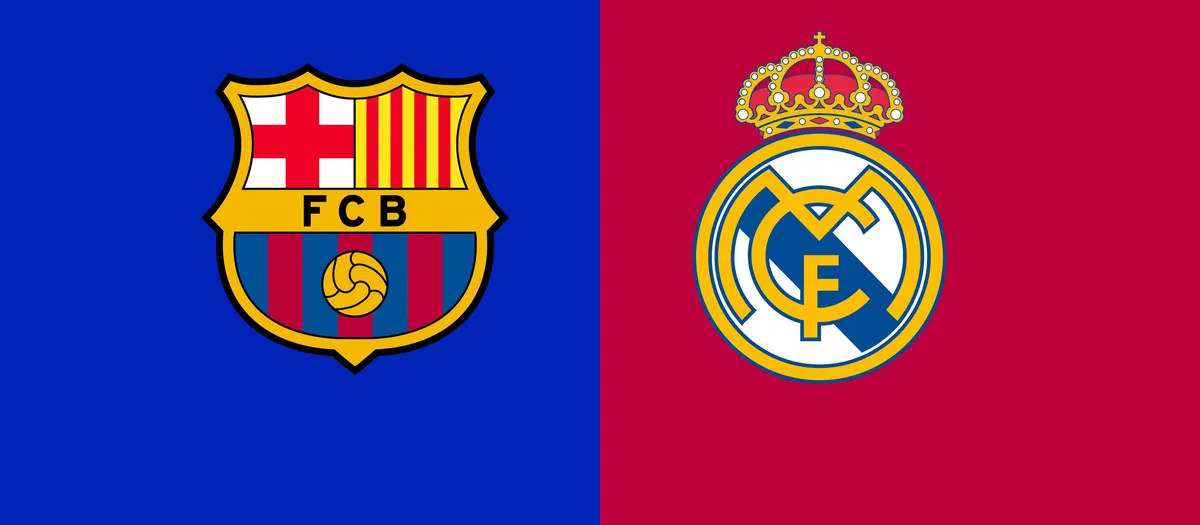
There are clubs, and then there are monuments. Real Madrid and Barcelona exist on a different plane, names that feel less like teams and more like concepts. They are football’s north and south, two poles around which the sport orbits. Their colors are part of global memory: the white of Madrid and the red and blue of Barcelona recognized instantly from Lagos to Los Angeles. They do not just compete for trophies, they compete for meaning.
The modern football economy, however, belongs to England. The Premier League has built an empire on television money, foreign ownership, and marketing reach. Its mid-table sides spend what once seemed like fantasy, and its global broadcast power dwarfs that of La Liga. By every commercial measure, the Premier League should have left Spain’s giants behind.
Yet, that has never happened and it probably never will. Even as English clubs grow richer, Real Madrid and Barcelona continue to command the world’s fascination. They sell out stadiums in Asia and America before the league season even begins. They dominate social media, shirt sales, and online engagement by margins no other club, not even Manchester United or Liverpool, can close. The paradox is striking: in a sport ruled by money, these two clubs without particularly having the deepest pockets still define what greatness means. The reason goes beyond financial logic. It lies in history, emotion, and mythology, the forces that cannot be bought. Real Madrid and Barcelona have become something football’s new wealth can never manufacture, eternal symbols. They are the reason La Liga still matters, and why every era of the sport eventually bends toward them.
At the center of that symbolism sits El Clásico. It is not just another fixture; it is the sport’s most watched event, a cultural landmark that transcends football entirely. When Madrid and Barcelona meet, everyone pays attention. For ninety minutes, it feels as if the game decides more than three points, it decides identity, pride,sometimes even politics. El Clásico’s power comes from contrast. Real Madrid represents order, victory, and the establishment, the royal whites built on continental success. Barcelona stands for defiance, regional pride, and artistry, the team of “more than a club.” Together, they tell football’s oldest story: empire versus rebellion. Every pass, goal, or controversy adds another chapter to that myth.
The modern era amplified it to unmatched levels. The decade-long duel between Lionel Messi and Cristiano Ronaldo turned El Clásico into a global ritual. Two once-in-a-generation players, locked in personal and club rivalry, drew billions of viewers. Their goals and gestures didn’t just define matches; they defined an era of football itself. Even after their departures, the aura remains. When Mbappe scores or Lamine Yamal glides down the wing, fans can feel the echo of that golden age.
Unlike domestic rivalries in England, which often depend on local history, El Clásico’s pull is independent of context. It can be played in the Supercopa, a pre-season tour, or the final day of La Liga, and it will still command the world’s stage. That continuity is what makes it timeless. It ensures that as long as Real Madrid and Barcelona exist, football’s greatest spectacle will always live in Spain.
If football has a summit, Real Madrid and Barcelona have lived there longer than anyone else. Their success in Europe is beyond comparison. Between them, they have lifted the Champions League 20 times, more than the entire Premier League combined in the same period. Real Madrid, especially, have turned Europe into their private stage. The white shirt under the Champions League lights has become club football’s most powerful image of success.
Domestic dominance only adds to it. Whether in transition or turmoil, both clubs still win. Madrid have claimed league titles in multiple rebuilds, while Barcelona, even amid financial chaos, still manage to collect trophies. Their consistency turns short-term decline into brief pauses. The world judges greatness by how high you stand when everything settles, and both Spanish giants always end up at the top.
Then comes the ultimate individual marker: the Ballon d’Or. Year after year, the award gravitates towards players at Los Blancos or Blaugrana. From Messi and Cristiano to Modrić and Benzema, it’s a pattern that reinforces one truth, the road to the sport’s highest personal honour almost always runs through Spain and while in recent years players like Rodri(2024) and Dembele (2025) have shifted the dynamic a bit, players still largely believe that performing for Real Madrid or Barcelona does more than lift their careers; it lifts their profile. It’s where legacy is built, where great players become global symbols.
Almost every footballer grows up with two names in their imagination, Real Madrid and Barcelona. These aren’t just clubs, they’re milestones. To wear either shirt means you’ve reached football’s summit. That dream has never faded, not even in an era where the Premier League dominates financially. The proof is in the choices players make.
Part 2 explores key examples and other aspects of the situation.

